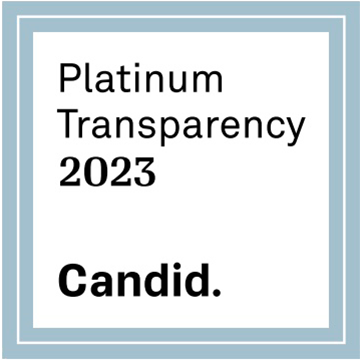What We Do
Any river is really the summation of the whole valley. To think of it as nothing but water is to ignore the greater part.
Hal Borland
What We Do
Water in the river: clean or polluted?
The water in the Verde River and its tributaries is a major resource for people and wildlife within the Verde watershed and downstream. The quality of the water affects all who swim and recreate in the water. Water pollution also impacts the plants and animals found in the river. The 2020 Watershed Report Card showed that we don’t know enough to make a definitive statement about the quality of water within the Verde River and its tributaries.
What’s the problem?
The 2020 Verde Watershed Report Card found that we have gaps in our knowledge about where water is polluted and where it is clean. Without enough information, we can’t even locate problem areas to address the issues. The first step to improving water quality is understanding what we do and don’t know. Once we have that information, we can find places that need help.
What do we do?
Verde Water Watchers are community scientists who regularly test for water pollution in specific places at specific times. There are many groups who do this. Here at Friends of the Verde River, we have teamed up with the Arizona Department of Environmental Quality (ADEQ) to train and coordinate community scientists. We are working on a monitoring plan to identify where and how often we should be testing for pollution in our rivers and creeks.
How Can You Help Water Quality?
Join the Verde Water Watchers
The Verde Water Watchers are community scientists who have gone through ADEQ training on how to sample river water for things such as E. coli and turbidity. The crews go out monthly to sample. Results are sent to ADEQ to be used to inform management decisions. If you want to be notified for our next training, please sign up on our volunteer webpage.
Take this advice from the EPA:
- Keep streams shaded. Trees and bushes keep the water cool for fish and help stabilize the banks from erosion.
- Use techniques such as natural landscaping, rain gardens, rain barrels, green roofs and permeable paving that conserve water and allow rain to soak into the ground.
- Never dump unused medicine and chemicals into household toilets and sinks or outside where they can get into groundwater, ditches, or storm drains. See if your community has a household hazardous waste collection facility that will take your old or unused chemicals.
- Scoop your pet’s poop. Pet waste is full of bacteria that can get washed into waterways during rainstorms. Bag it and place it in the trash.
- If you keep livestock, follow manure management practices to help reduce agricultural runoff.



